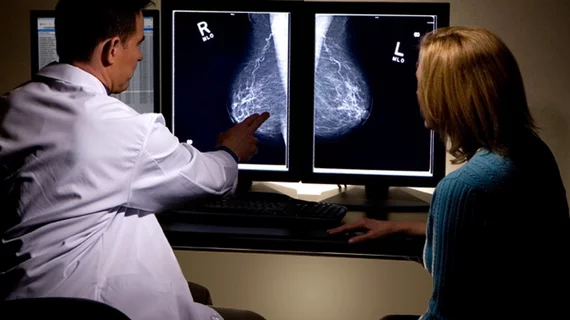What does AI mean for doctor-patient relationships in radiology?
Artificial intelligence (AI) technologies have the potential to help radiologists demonstrate their value by establishing emotional connections with patients, according to a new analysis published in the American Journal of Roentgenology.
“Although AI has the potential to improve nearly every aspect of health care, many physicians are skeptical about integrating AI into their medical practice,” wrote authors Shadi Aminololama-Shakeri, MD, and Javier E. López, MD, of the University of California Davis. “This skepticism stems from concerns that such changes in practice will result in the death of the doctor-patient relationship and our vocation as we know it. These sentiments are propagated by claims from technology industry executives declaring that physicians will be replaced by robots and that entire subspecialties will be unrecognizable in the near future.”
However, the authors noted, AI actually has potential to transform healthcare “in ways previous unimagined”—including enhancing, not diminishing, the relationships between physicians and their patients.
As more automatable tasks can be tackled by AI solutions—breast density assessments, for example—it will give radiologists more time to do things such as speak with patients about their diagnosis and various treatment options. Aminololama-Shakeri and López explained that breast imagers of the future will be especially impacted by this shift. It will take time, of course, for the profession to truly transform due to these technologies, but it is a future that is very possible—assuming specialists embrace AI instead of avoiding it in their practices.
“It is essential that breast imaging radiologists accept and embrace the advancements in technology that have the potential to revolutionize the practice of medicine,” the authors concluded. “By integrating AI into our daily clinical routines, we may be able to once again prioritize our interactions with patients. This may afford us the time to concentrate on the areas in which humans excel: establishing emotional connections, expressing empathy, and providing patient-centered diagnostic and treatment strategies.”

